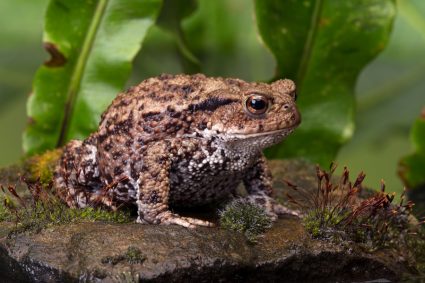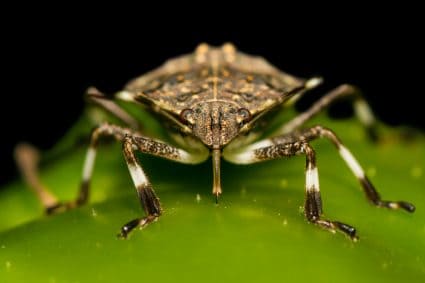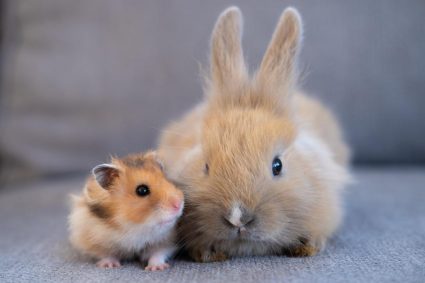
Raccoons, with their black-masked faces and bushy ringed tails, are common sights in many areas of North America. While these creatures may look cute and cuddly, they’re often considered pests due to their tendency to rummage through garbage cans and create messes. If you’re dealing with a raccoon problem and want to trap them humanely, using the right bait is essential. But what do raccoons like to eat most, and what’s the best bait to use? Let’s delve into the topic.
Raccoons are attracted to a variety of foods due to their omnivorous nature. Some effective baits include fresh fruits and vegetables like apples, bananas, and sweet potatoes, high-protein foods such as bacon and cat food, and sweet items like marshmallows. Other effective baits can include canned fish like tuna. The bait should be placed strategically in the trap and checked regularly. However, local laws and ethical considerations should always be taken into account when trapping raccoons.
Understanding Raccoons
Before we get into the specifics of baiting raccoons, it’s essential to understand their eating habits. Raccoons are omnivores, which means they eat both meat and plant materials. They have a sweet tooth and are particularly attracted to high-calorie foods. Raccoons are also opportunistic feeders, which means they’ll eat whatever is readily available, be it your garbage or the fruits in your garden.
What Foods Attract Racoons?
Raccoons are attracted to a variety of foods. Some popular options for raccoon bait include:
- Fresh fruits and vegetables – Apples, bananas, carrots, berries, and sweet potatoes are all great choices. Cut the fruits into small pieces to fit through the wire of your trap.
- Bacon – The strong aroma of bacon is hard for raccoons to ignore. Cut bacon into small strips or cubes and place it in the back of the trap.
- Cat food – Both wet and dry cat food can attract raccoons.
- Marshmallows – Raccoons are drawn to sweet items and round, white objects like eggs. Marshmallows are a preferred bait for professionals when trapping raccoons.
- Fish – Canned fish like tuna can be very effective.
Bait Placement
The placement of the bait is just as important as the bait itself. For a 1-door trap, place the bait behind the trigger plate, ensuring it’s away from the trap walls so the raccoon cannot steal the bait from the outside. For a 2-door trap, you can place the bait just behind the trigger or bury it in the ground underneath the trap.
Seasonal Baiting
The season can also affect the type of bait you should use. For instance, during the winter months, acorns may compose as much as 50% of a raccoon’s diet. In late fall and winter, raccoons build up their fat levels and may be more attracted to high-calorie foods. On the other hand, during the breeding season in February, raccoons may be more active and susceptible to different types of bait.
Safety Precautions
Remember to follow safety precautions when preparing and placing your bait. Wear protective gear, keep the trap in a safe location, and avoid using poison. Always check the trap at least once in the morning and once in the evening to ensure the trapped raccoon is not left unattended for too long.
Legal and Ethical Considerations
Before you set out to trap a raccoon, it’s important to check your local laws and regulations. Some states require a license or permit to trap raccoons. Other states may only allow trapping during specific seasons. Always prioritize the welfare of the raccoons and follow ethical guidelines when implementing any raccoon management techniques.
In conclusion, baiting and trapping raccoons can be an effective way to manage these pesky critters. However, it’s essential to use the right bait, place it correctly, and follow all safety and legal guidelines. With the right approach, you can successfully and humanely deal with your raccoon problem.
Frequently Asked Questions
What other high-calorie foods can be used as bait for raccoons?
In addition to the foods mentioned in the article, other high-calorie foods that can attract raccoons include peanut butter, honey, and fatty meat scraps. Remember, raccoons have a sweet tooth and are attracted to high-energy foods.
Can I use dog food as bait for raccoons?
Yes, dog food, especially wet dog food, can be used as bait for raccoons. Similar to cat food, it has a strong aroma that can attract raccoons. However, be cautious as it might also attract other animals like dogs or cats.
Will raccoons be attracted to the bait if there are other food sources around?
Raccoons are opportunistic feeders and will likely go for the easiest food source available. If your bait is easier to access than other food sources, raccoons are likely to be attracted to it. However, if other food sources are readily available and easier to access, the bait may not be as effective.
What time of the day are raccoons most active?
Raccoons are nocturnal, which means they are most active at night. Therefore, it’s best to set up your bait and trap in the evening and check it early in the morning.
What should I do with the raccoon after I’ve trapped it?
After trapping a raccoon, it’s important to contact your local animal control or wildlife rehabilitation center. They can provide guidance on the next steps, which may include relocating the raccoon to a suitable habitat. Remember, it’s illegal in many places to relocate raccoons without a permit, so always check with local authorities first.










